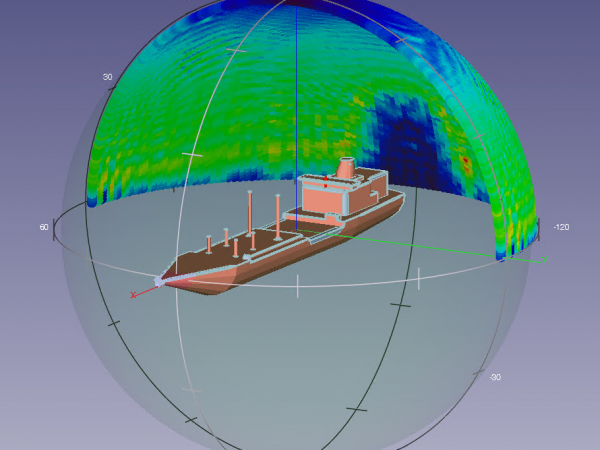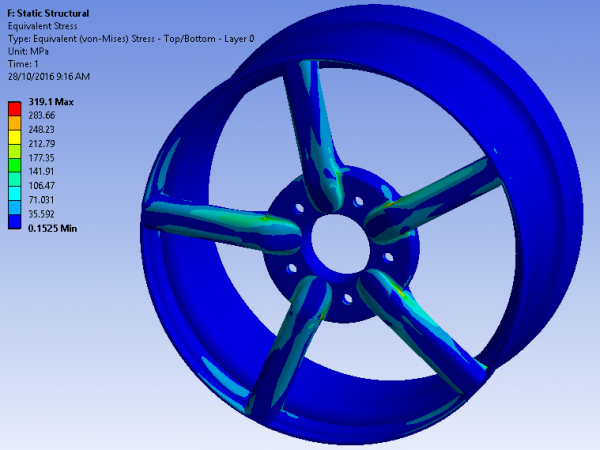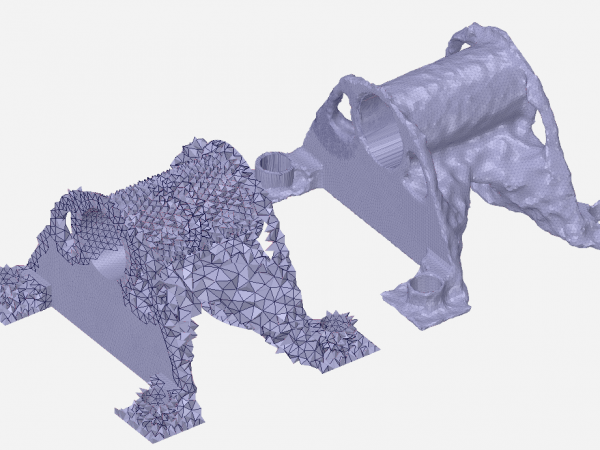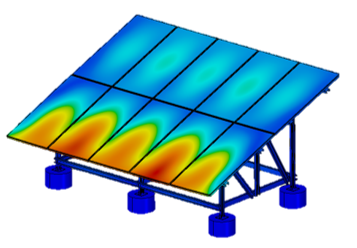From fatigue failure to EMI/EMC: the vast range of FEA and Emag applications in the Rail industry





ANSYS SpaceClaim makes working with STL data easy, enjoyable, and accessible to every engineer. Whether you’re reverse engineering a model in preparation for simulation; or you’re cleaning up a model ready for 3D printing, see how the faceted data toolkit becomes an invaluable addition to your engineering workflow.

Whether you’re a designer, analyst, or expert in your field, ANSYS Integrated Multiphysics (or ANSYS AIM as we like to call it) can provide you and your company with an out-of-the box, all round tool for either single or multiphysics simulations. ANSYS AIM represents the culmination of developments in technology, computational power and user accessibility, meaning that the ability to run accurate CFD, FEA, or Electromagnetic simulations is now available to every engineer. AIM has been developed to be accessible, exciting, and most importantly useable to the everyday engineer, regardless of their experience level. AIM is seeing use around the world in companies that are looking to move from a limited single-physics approach and who are now looking to add realism by including multiple physics within…

For over 20 years, LEAP Australia has successfully supported the use of CAE software within the engineering and design community across Australia and New Zealand. LEAP’s broad customer base has included over 2000 companies, from some of the world’s large OEMs through to SMEs and startups, and ranging across industries from traditional high-tech leaders such as Aerospace and Automotive through to leaders in fields as diverse as Energy, Mining and Biomedical. Regardless of the customer, we have identified a constant theme: demand for job-ready graduate engineers who are skilled in CAE software. Many years ago, LEAP committed to fostering greater knowledge and understanding of CAE in academia, by firstly partnering with all leading universities in our region, and also by providing sponsorship to many student…

We are always hearing people refer to products as smart. Smart TV’s, Smart Phones, Smart Watches. Many of us now own cars that are smart enough to park by themselves or cruise along the highway at a set speed whilst avoiding a collision with any vehicles in front. Drones can take off, fly a mission and land without a pilot. You may have asked yourself “How do engineers make such smart products?” You may have also wondered “Are these smart products safe?” Embedded software is a crucial part of these smart products and in safety-critical situations this code needs to be certified to international safety standards. The process of developing critical systems and software and getting it certified can be very time consuming and costly…

The Internet of Things has rapidly become a major industry focus with dramatic advancements in low power electronics and in wireless technology. Body-worn communication systems are now capable of detecting body motion during exercise and monitoring functions like heart rate and blood pressure. In such systems, a critical topic is how to preserve antenna performance, while achieving the requirements of small size, light weight, low power, low cost and ease of fabrication. It is also desirable to check how the antenna performance will be affected once brought into contact with the human body. The ANSYS Electronics Desktop is a tool suitable for such design applications. It is user friendly and easy to operate, leading to accurate simulation results. Planar Microstrip Patch Antenna Design in Free…

The development of power electronics products always relies on transient circuit simulation to evaluate the internal operation of the product and the effect of outside conditions in a wide variety of scenarios. With this design style in mind, circuit simulation has developed to focus on being extremely fast and parametric to allow circuit designers to run hundreds and thousands of iterations on a design per day. However, as product performance reaches ever higher and the design limitations become ever tighter, circuit simulation is starting to lack the accuracy and functionality required to predict the more expensive design metrics. Energy losses due to skin effects, nonlinearities due to saturable magnetics, trace/package coupling due to parasitics and high frequency harmonics due to fast switching semiconductors require detailed…

In the pursuit of ever higher performance, software is taking over a much larger responsibility for the function of the end product than ever before. A particularly dramatic example is the design of inherently unstable aircraft such as the Lockheed F-117 Nighthawk. Without the flight computers making very fine adjustments every millisecond, it would flip upside down and crash with no possibility of recovery by the pilot. This illustrates the pressing need to be able to develop software without errors and extensively test it against both theoretical and practical scenarios without leaving the engineers workstation. Software standards are already in place across a wide variety of industries to provide guidance on developing safety critical software but the actual performance of the device still depends on…